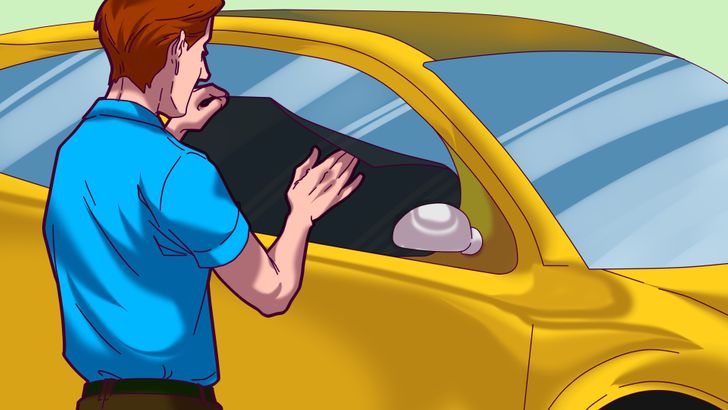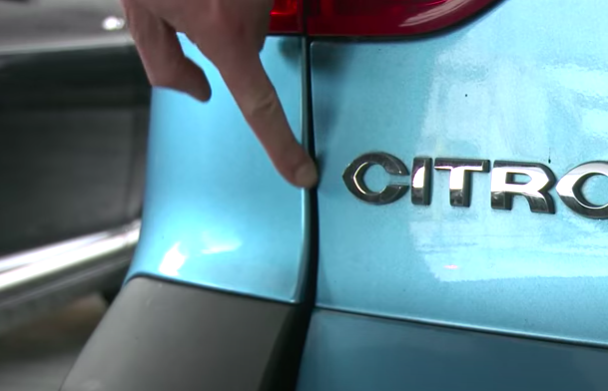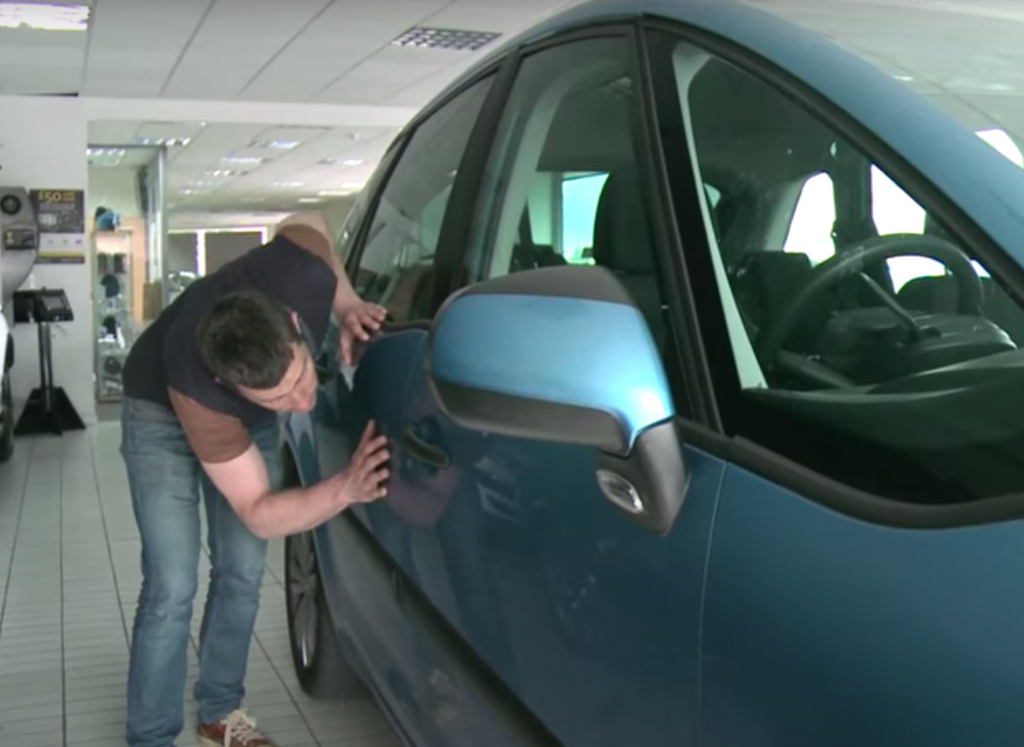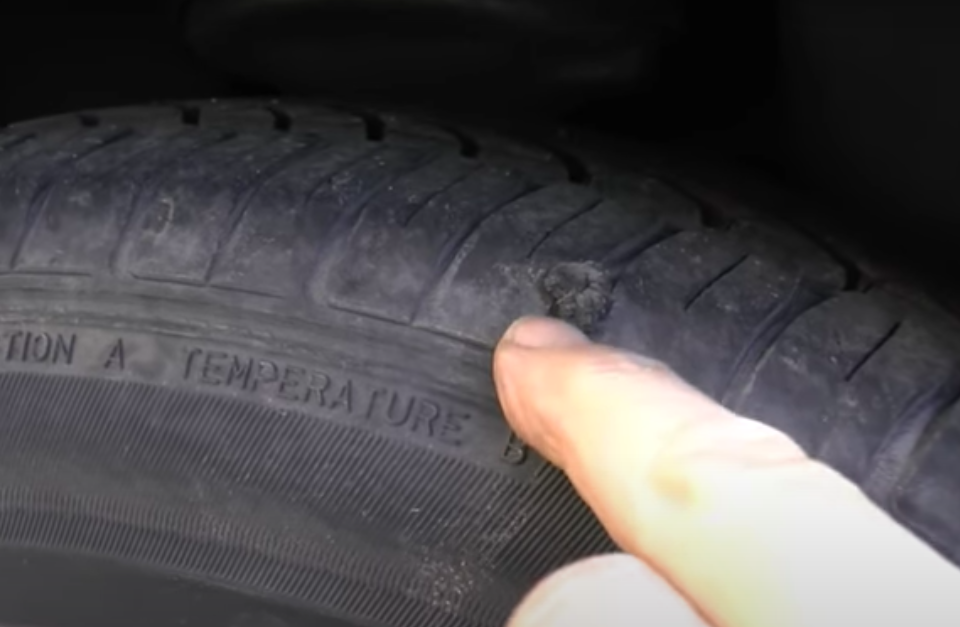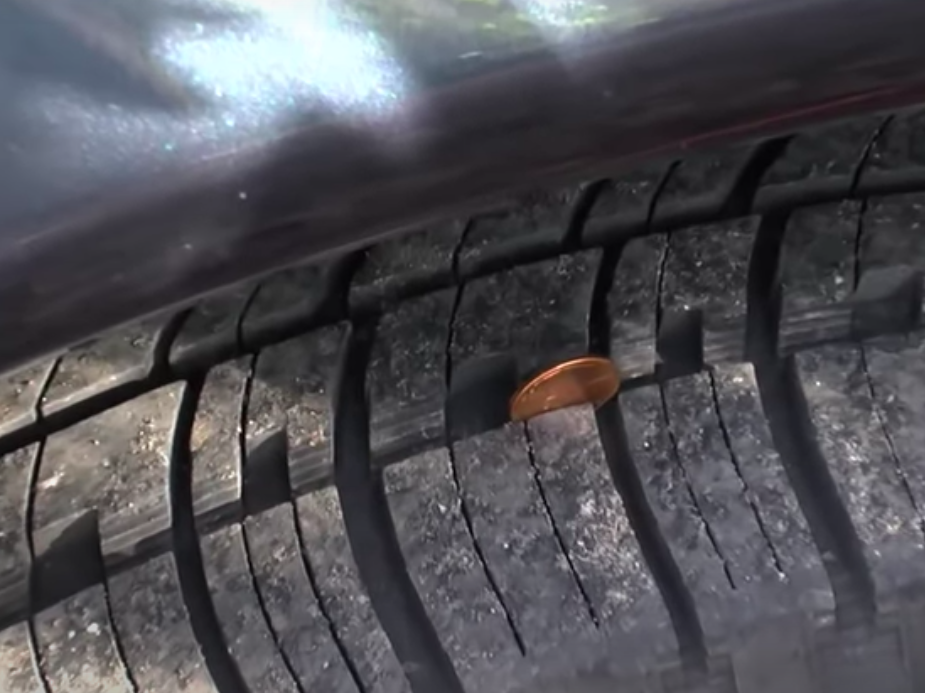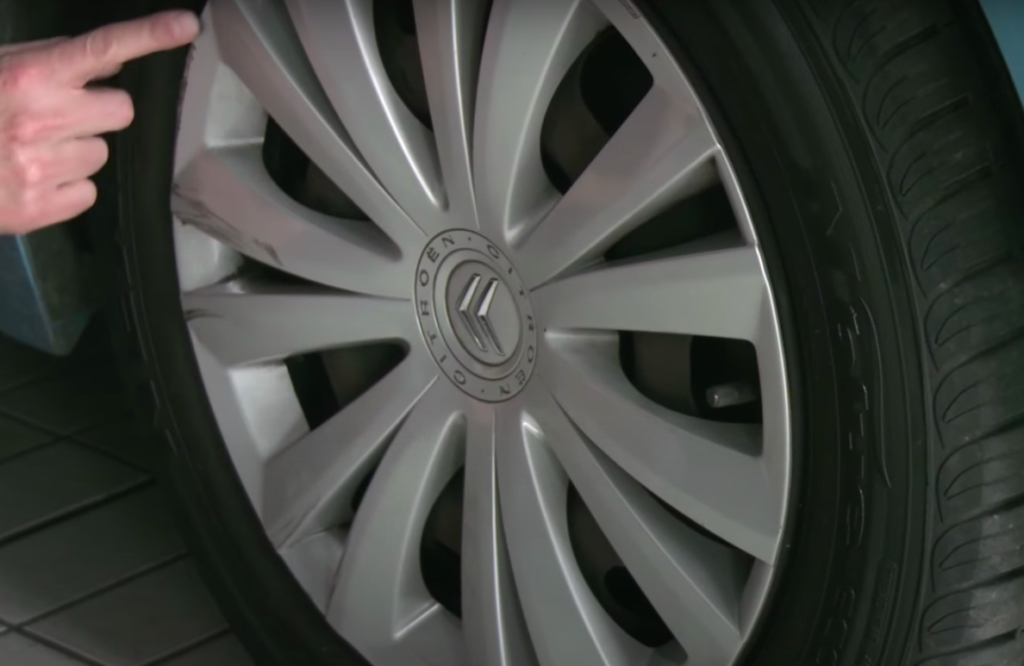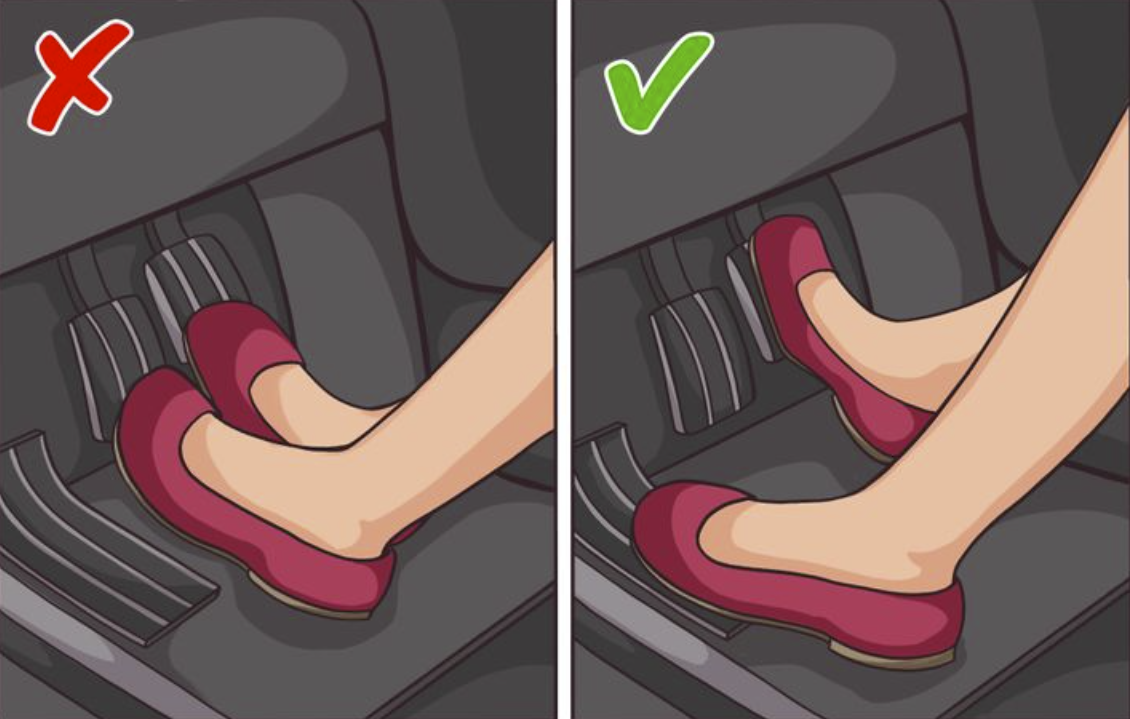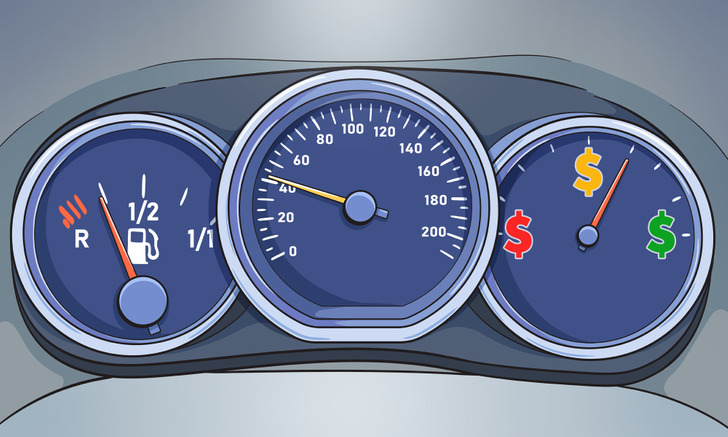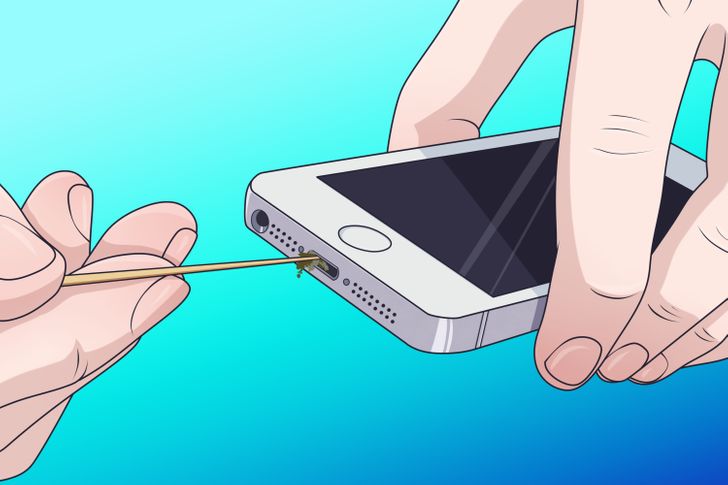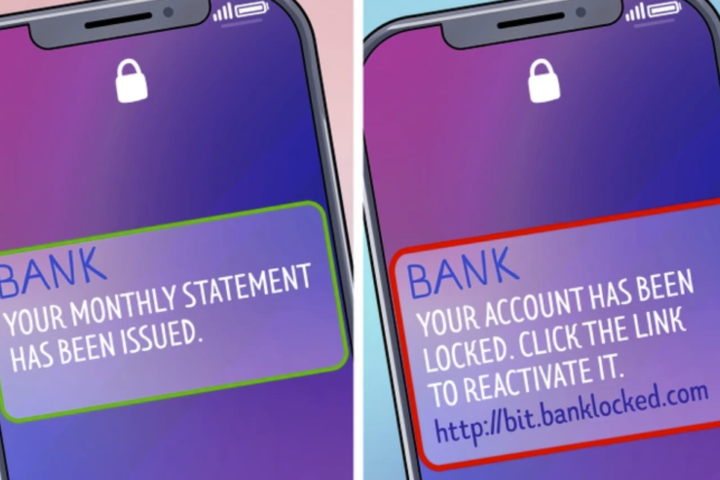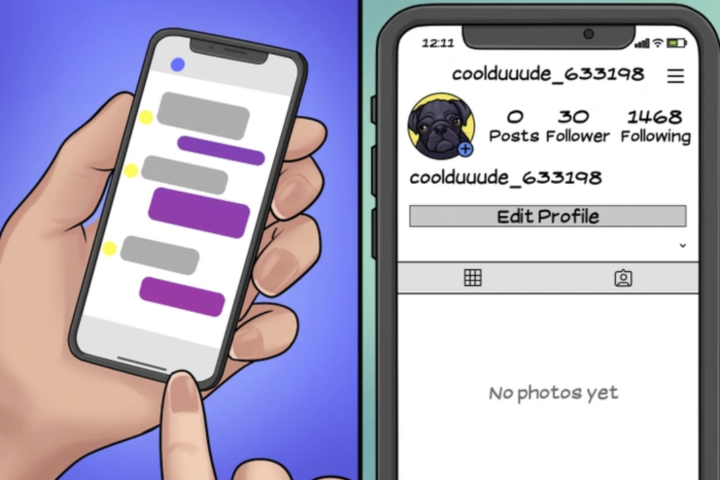Buying a used car is not as easy as it seems. In fact, there are more things to consider as compared to buy a new one. In this post, we’re going to show you exactly some crucial tips on how to buy a used car, step by step!
If not careful, many problems can arise starting from the high maintenance fees, previous bad history, and tricky dealer! It will also affect your satisfaction on buying the second hand car.
According to report, there are at least 40 million used cars changing hands every year. Therefore, choosing a used car must be more thorough and full of challenges.
Well, getting a second hand car is not always miserable and you even can save bunch of money if you know the tricks! Therefore, check out below tips you need to know before buy a used car:
#Step 1. Set Budget
Figure out what you actually need, not just what you want. Buying a second hand BMW, Mercedes Benz could be tempting. It might cheap during the purchase, but it could be nightmare when it comes to the maintenance fees.
Hence, if your purpose is just to commute everyday to working place, a small car with a petrol efficient car would be better.
- If you’re paying by credit, it is better to spend not more than 20 percent of your income.
- If you’re paying by cash, don’t spend more than 1/3 of your total wealth.
Remember, don’t spend all your savings as you need to put it as your emergency fund and to pay some other expenses.
Additional Cost You Need to Consider:
Buying a used car will definitely re-incur extra costs, such as additional maintenance, or maybe components replacement.
#Step 2. Choose Car Model / Brand
After set up the budget, now it is time for the car hunting. There are plenty of websites to go and you can filter the price according to your budget.
When choosing a model or brand, it is important to:
- Choose a car model or brand that is famous in the country where you’re going to drive – If it is popular, it is easier to sell it back and get a good price.
- Accessible service center in the respective country – Accessible means this brand should have bunch of service center located in your area. If there are only few of them, it will trouble you one day if you want to service your car or fix anything possible happen to your car.
What if Your Dream Car if Out of Your Budget?
This is one of the common confusion that happened to most of the car buyers. However, the solution is pretty simple. You might just need to delay the purchase for another 1 or 2 years.
Don’t force yourself to buy it now if putting yourself at risk. If you can be patient enough to wait for a little longer, you might get a better satisfaction of getting your dream car.
#Step 3. Price Comparison
Buying a used car need a patience. Do a regular checking on the price of the desired car from several used car dealers, including those owned by brand holders, private and even online trading sites.
Check and compare the price from multiple source. There are bunch of website that providing list of second hand car for sale.
When finding a used car, you also need to filter the target car from the mileage, price, features and distance from your area (so you don’t need to travel very far to buy this car).
#Step 4. Set a Meet Up With The Seller
If you feel fit with the car being sought after, it’s a good idea to establish a relationship with the seller to verify the car information sought. It is good to find a reputable and honest dealer that not covering some hidden secrets or cost for the second hand car.
#Step 5. Check the Vehicle History
According to the vehicle history checker expert HPI, 1 in every 3 second hand cars it checked has a hidden history. Meanwhile, 1 in every 20 second hand cars has mileage discrepancy which means it could been clocked by the seller’s mechanic (We’ll explain how to check clocked mileage on step number 6).
Checking the vehicle’s history would be recommended as in you don’t want unwanted things to happen in the future.
How to Check Vehicle History?
You could just do a vehicle history check from the insurance or the police. You can also check the car from the vehicle identification number or number plates.
Check out the registration document of the car. From there, you can see if the car is first or second time being resold. The owner serial number actually indicates how many times the car changed it ownership.
Here are few things that you need to take note:
- Make Sure The Previous Owner Has Paid All Dues Fees: Get the documents starting from original invoices, NOC, and tax road receipt. Make sure the previous owner has paid all the dues before make a deal.
- Check the Car Insurance: The next thing you wanna check is the value of car insurance. This could be the benchmark before you do a price negotiation.
- Ensure Car Free Accident
#Step 6. Car Checking
Car checking is a part when it will be useful when it comes to the price negotiation. It is crucial to check the car as in you don’t want to pay some additional hidden cost to repair your car.
1. Ensure If The Car’s Mileage is not Clocked
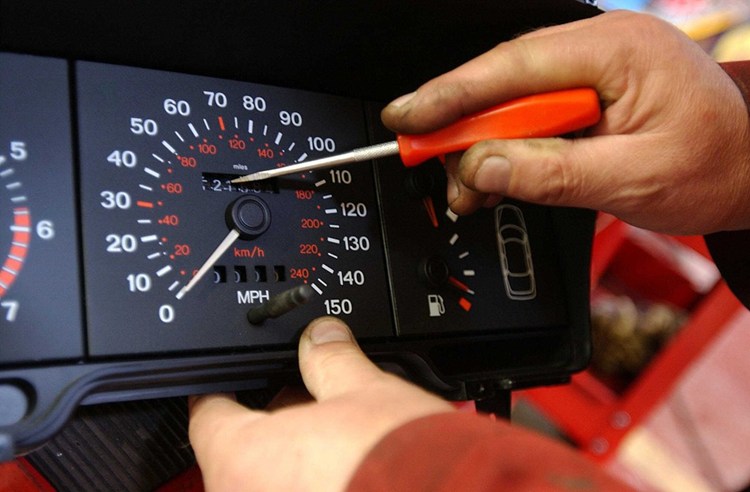
Now, check your mileage of the car! According to NMR, the mileage that is stated in the car can easily be clocked (manipulated) by the irresponsible dealer.
How to Check if The Mileage is not Clocked?
Check from the previous MOT test, and match with the mileage stated on the odometer. It would be better if the dealer also provide you the invoicing of service the mileage by mechanic. From this service mechanic invoice, you also can check whether the mileage is not clocked.
2. Check the Condition of Steering Wheel, Gear Knob, and Car Seat
If the steering wheel and gear knobs are very shiny, it’s a sign that the car has done a lot of miles. Check also the pedal rubber and make sure they’re not wore. Lastly, you can check the seats in particular and make sure they’re still in good condition.
3. Warning Light
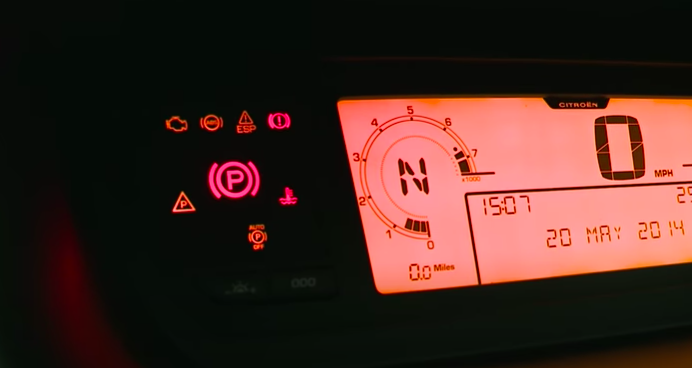
Try to turn on the car and pay attention on all the warning lights on the driver’s dashboard. The warning lights should illuminate to show if they’re working well.
4. Try All the Electric Switches
Check all the electric switches such as the windows, stereo, the heater fan, all the lights, and the wipers if they’re still working and still in good condition.
5. Check The Back Seat
Check all the seats and make sure you can move them to the front and back without having any difficulties.
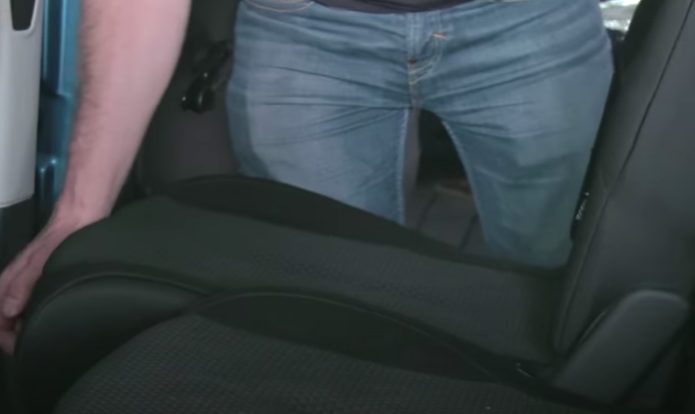
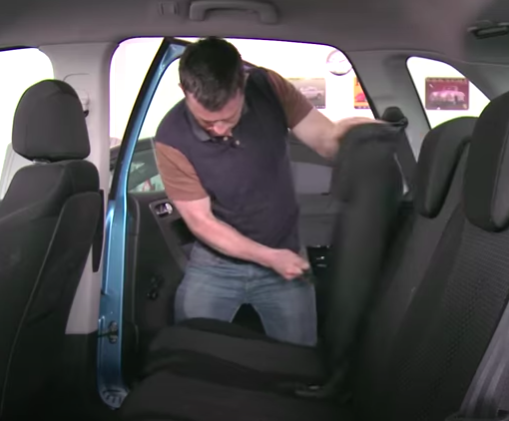
6. Check The Panel Gaps
Investigate the panel gaps with your fingers to make sure they’re even. If not, the car could have a shunt.
7. Check The Vehicle Body
You don’t want to get any dimpling or blemishes in the car you want to buy. Go through carefully and pay attention if there is any mismatches paint colors, dimpling, and scratches.
8. Air Condition
Don’t forget to check air condition, check out if they’re still doing good. Turn the air conditioner to maximum and check if they’re still nice and cold. If it’s not, it might be due to several things such as broken compressors which could make you spend some extra money to fix it.
9. Inspect The Condition of Wheels
You also want to make sure that the wheels are still in the good condition.
First, make sure there is no hole.
Now, inspect the tread depth and you need a minimum of one point six millimetres to be in a good condition. To check it, you can use coins and put in between the tread to measure it depth.
Moreover, also check the condition of the wheel itself. Some scratches on the wheel indicates that the previous owner didn’t take a good care of his/her car.
10. Check Underneath The Car Bonnet
Now, it is time to get your hand dirty! Open the car bonnet, and check out the oil level in the car’s engine.
First of all, make sure that the car’s engine is turn off, because you can’t get the correct measurement of this testing if the engine in on condition.
If you’re just turn off the car, make sure to wait for at least 5 minutes, before do the testing. This is to give it time to drain back out the engine into the oil pan
Now, grab a tissue, because this checking will make your hand oily and sticky! Now find, the oil dipstick.
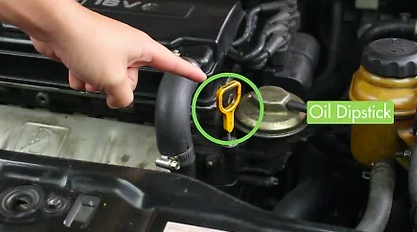
Take out the dipstick out, wipe it from the oil with a mop or tissue. Now, put it back into the engine all the way, and then pull it out again. Pay attention on the dipstick’s end and check how far does the dipstick’s end got wet by the oil.
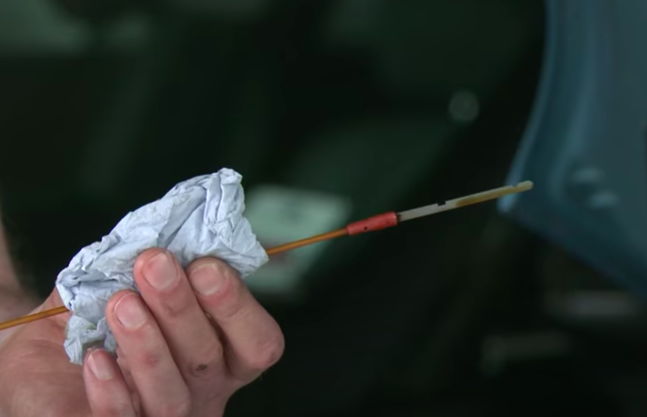
The purpose is to check the level of the oil. If the engine has been run without or with low oil, it could lead to some serious damage to the engine.
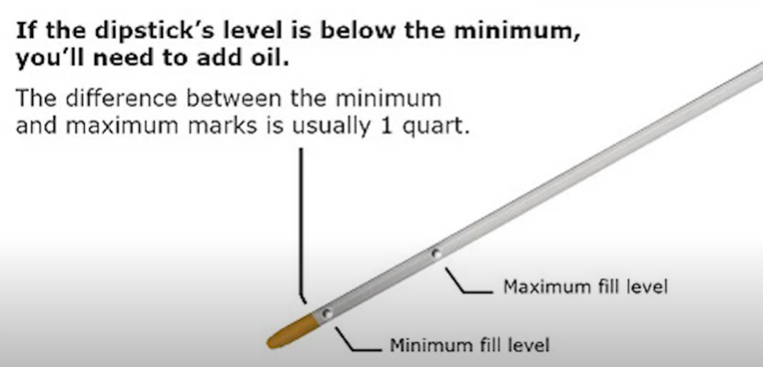
The dipstick should be wet by the oil in between of the minimum and maximum fill level (usually indicates as dot).
You also don’t want it to be overfilled as it is a sign that maybe the car is actually leaking and someone has been constantly put the oil into it. If it’s exceed, have a look around and try to find if there are any leaks.
Also, pay attention also on the dipstick condition. If the dipstick is rusty or the oil color is dark, it indicates the car has not had regular oil changes.
Never let the dealer or dealer’s mechanic to do the testing. Always do the testing by yourself as in the dealer has some tricks called “thumbing” to make sure your dipstick oil level is in the safe area. Check out how mechanics scam you during an oil change here.
11. Check if The Spare Wheel, Towing Eye are Included
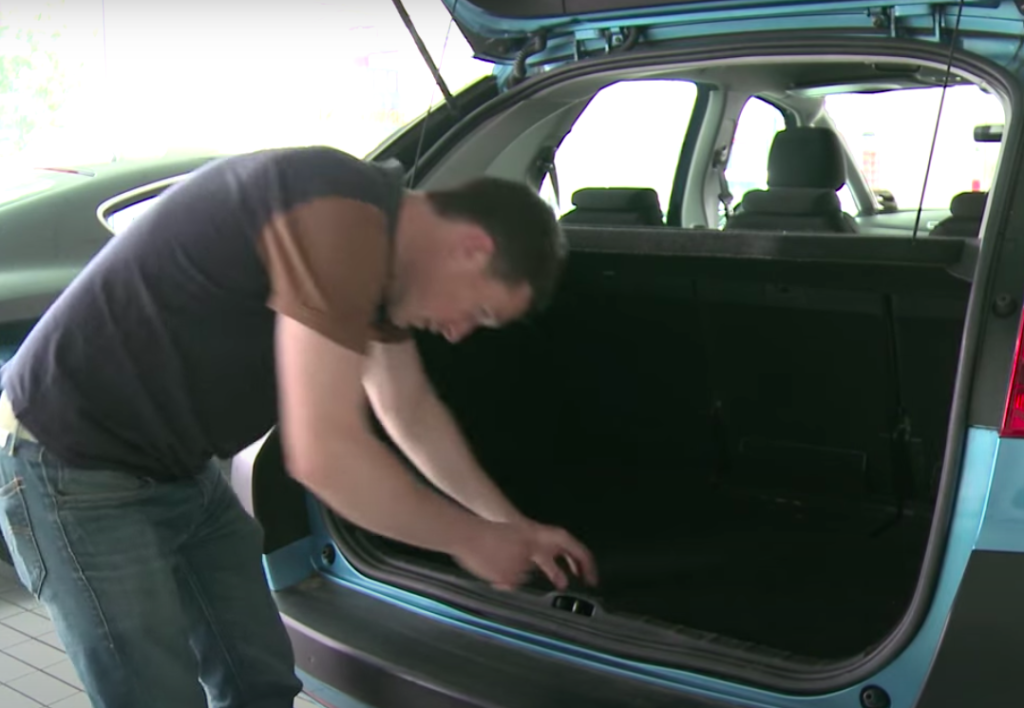
Don’t forget to check if the jack and towing eye are inside the trunk and also check the condition of the spare wheel.
#Step 7. Test Drive
After checking the interior condition, time to do the test drive to check if the engine and suspension is working well. This is the most appropriate way to assess whether the car is still feasible and the condition is still good.
1. Start the Engine
As you turn on the car, pay attention on the noises. A damaged engine will make all sorts of horrible noises before it warms up.
2. Try to Accelerate the Speed
If the engine start smoothly, now it is time to go on the road. When you drive in the straight line or direction, choose an empty road where you can try to accelerate the speed. If its revs rise but the car doesn’t actually increase in speed at all, the car clutch might be damaged.
3. Stability of Steering Wheel
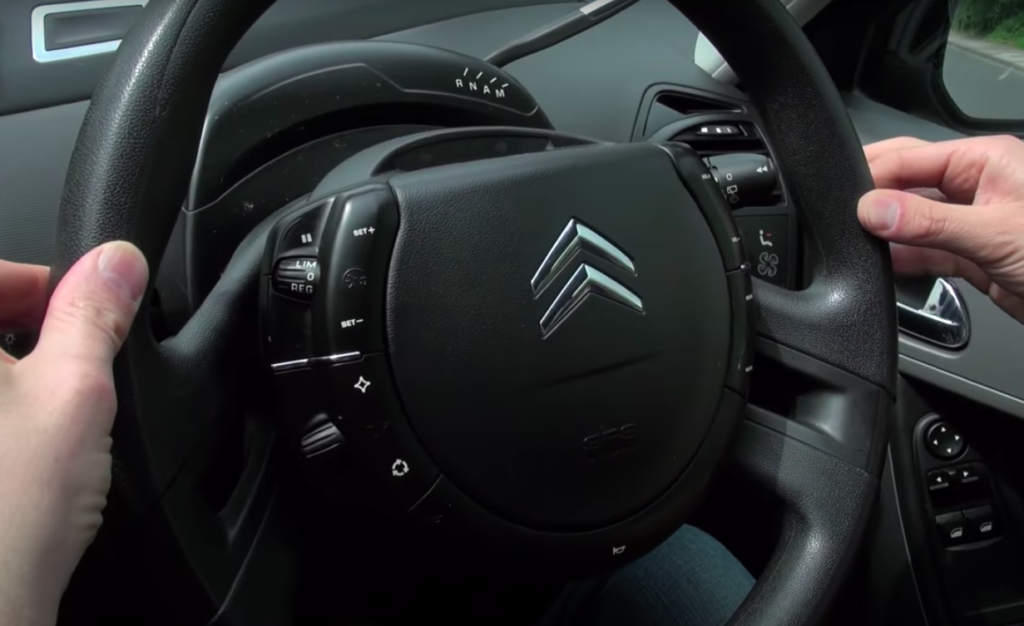
When you drive straight stretch of the road, hold the wheel very lightly. Here, you’re testing if the car drifts to the right or left.
If any kind of excessive veering off, it could be a sign that your wheels are out of alignment. Or worse case scenario, the car has been to an accident which cause the chassis is slightly bent.
4. Try a Sudden / Emergency Stop
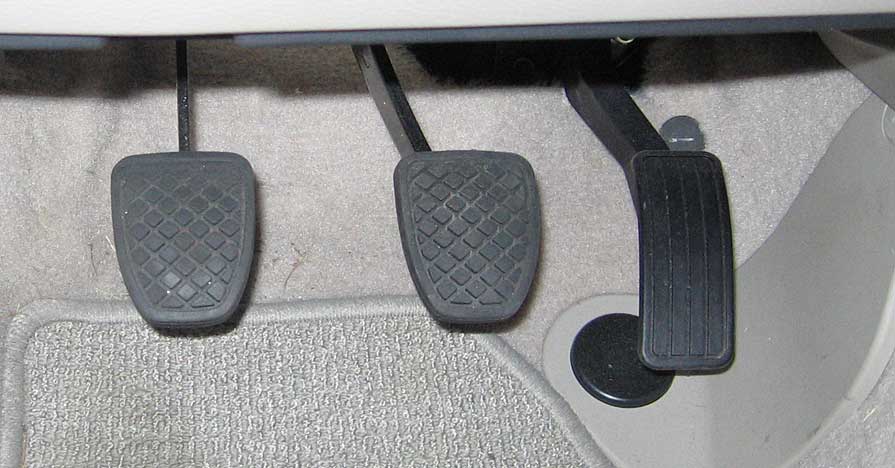
Before that, make sure again that the road is empty or there is no car behind you. Try a sudden soft brake while driving.
- Pay attention if there is any noises (clunking).
- Check out if you have any pulsing sensation under the brake pedal – This indicates that ABS is working.
- When you’re braking, try to feel if there is any vibration in the steering wheel. If you can feel any vibration, it is a sign that the disks are warped
5. Drive Along the Bumps & Potholes
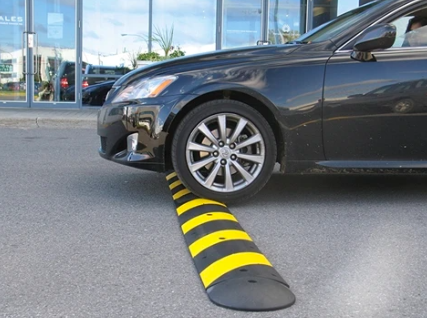
If the nearby road doesn’t have any bumps or potholes, try to find some road that has it. By doing this, it will highlight if the car has any problem with the suspension.
After you find one, drive through it and listen out for bangs and clunks from the suspension. If you hear any clunking sounds or the car shake a lot, it could mean that the drive shafts are on the way out!
6. U-Turn, Sharp Turn, and Roundabouts
Get some direction that allow you to make an u turn, sharp turn, or roundabouts. This is to test whether the steer and wheel is working fine. Pay attention also if there is any clunking sound.
7. Are You Comfortable With The Car?
You should do the test driving for at least 15 minutes as this will give you enough time to not only check for faults, but also to see if the way the car drives is right for you.
For instance, you might want to feel the car suspension, whether the seat are comfortable, and all the controls are nice and easy to use.
#Step 8. Make Sure All Documents Complete
1. Registration Document (V5C)
This document holds details of the car and the person it’s registered to. Ensure the car matches with the certificate including checking the VIN, color, and model.
VIN ( Vehicle Identification Number)
VIN is a unique set of number and characters that is given to every car upon the production. In an easier word, VIN is basically the car’s IC. You also can find VIN in the registration card, insurance card, and the vehicle body itself.
The exact location is depends on the car model itself. Below are how to find your VIN:
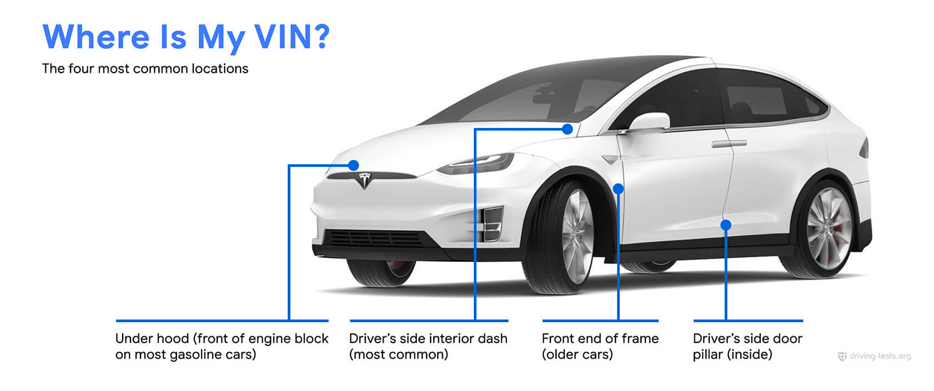
Well, VIN code is actually tells you the details of the car you’re going to buy, starting from country of manufacture, vehicle type, model year, and division. If you want to know more details on how to decode VIN, check out here.
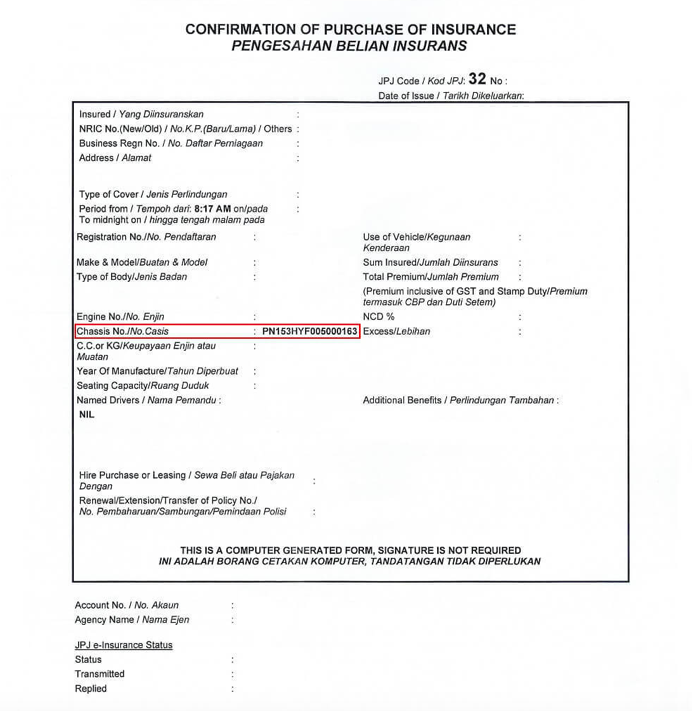
2. MOT Certificate
MOT certificate is basically tells you that a car is roadworthy if it passed the test. If the MOT expired, you could ask the seller to re-test the vehicle. You also could check MOT status online by entering the vehicle registration number.
Averagely every 3 years, a car must pass a MOT and should have a valid certificate. When you viewing the MOT, pay attention whether all the details matches with the car. This includes the mileage, model of the car, and some notes left by the mechanic.
3. Service History Receipt
Every seller could say that they were well maintained the car previously. But proves act louder than words.
Ask for the service receipt and check out what maintenance has been done previously on the car. You may also need to check the full history of the car if it has been stolen, failed MOT, still have outstanding finance agreement, mileage discrepancy, and number plate change.
4. Car Insurance Document
Check out the car’s insurance value in policy, which is useful for you during the price negotiation. Inspect the number of claim over the past 2-3 years. Frequent claims might indicates that the car imply frequent accidents that require repairing and maintenance to the vehicle.
When you buy it, the seller need to transfer the car’s insurance policy into your name with 14 days of the date of transferred car. Fail to do this will lead your claim to get rejected in the future if you want to get any repair or maintenance.
- Proof sell of the car
- Proof delivery of car ownership to your name
- New registration certificate book issued under your name
#Step 9. Haggling
Now, we’ve come to the step that most people hate: negotiating the price.
First, you need to decide what is the maximum price you are willing to pay for the car after testing all the criteria above. Then, stick to it!
If you’re confused about how much this second hand car worth buying, you can check it on Carvaluation. This website actually tells you how much is the estimated price based on the vehicle registration number and mileage.
If you really feel the car you are looking for is right, it’s worth making an offer according to the desired price or agreement.
When making an offer, give the lowest price until you reach a mutual agreement. However, make sure in advance, both parties are having a calm condition. Keep it polite, but don’t try to be to matey because you’re not here to have fun, you’re here to negotiate!
If you feel the car is still overprice, just walk away and don’t force yourself. Remember that buying a second hand car is a buyer market, where there are plenty of other second hand cars out there.
#Step 10. Deal
After you and the dealer has come to the good price, it’s time to make a deal. Before you start to paying up, remember to check up the vehicle history by yourself, even if the seller has done one already. This way is you secure yourself if something goes wrong.
If you’re not buying the car on cash, try to pay the dealer using credit cards while you’ll get a bit of extra protection from your card issuing company. If you’re buying privately, pay by bank transfer because you don’t want to go around with bags of cash.
Bottom Line
After follow all those tips to buy a used car that we listed above, Hopefully you’ll end up with your perfect used car at the right price!
If you’re not convenient to do all the check up that mentioned above, you also could bring some mechanic with you while viewing the car. This way, the mechanic also can help you to measure the how much does the car worth for.

